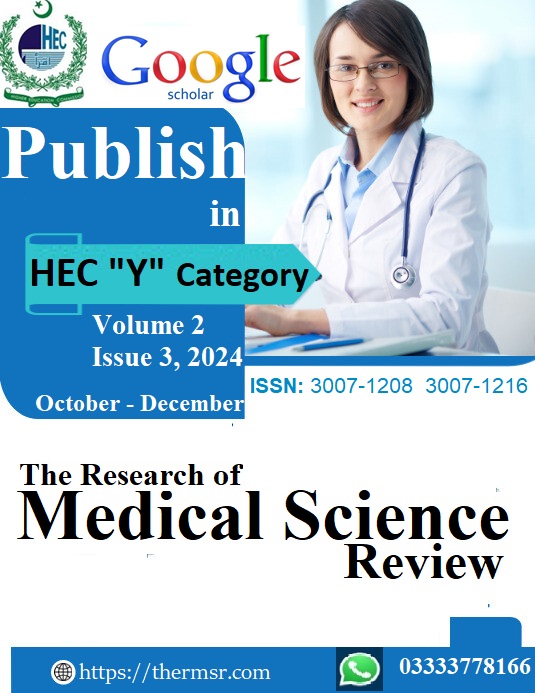HEALING HARMONY, UNPACKING THE PRINCIPLES OF ILĀJ BI’L- TADBĪR (REGIMENTAL THERAPY) IN UNANI MEDICINE
Keywords:
Ilāj bi’l-Tadbīr, istifragh, morbid humours, regimental therapy, Unani medicineAbstract
The Unani method of medicine has been a part of health care since ancient times. Most of the time, diseases are treated in four ways: with regimental therapy, dietotherapy, medicine, and surgery. Regimental therapy is an important method for getting rid of harmful substances in the body, stopping them from making more, or limiting their flow. This lets the body's natural therapist do its job and restores balance to the body's emotions. There are references to almost 30 routine procedures in early Unani writings that are used to treat different illnesses. Some of these are Fasd (phlebotomy), Hijāma (cupping), Ta ‘līq al ‘alaq (hirudotherapy/leech therapy), Ishāl (purgation), Qay' (emesis), Idrār-i-bawl (diuresis), Huqna (enema), Ta’rīq (diaphoresis), Riyādat (exercise), Dalk (massage), Hammām (bathing), Tadhīn (oiling), Natūl (irrigation), Sakūb (douching or spraying), Inkibāb (steam/vapor application), Takmīd (fomentation), and many more. These set procedures are built on a holistic view and have potential, but they need to be scientifically tested. This review talks about how different types of regimental treatment used in Unani medicine can be used to treat different conditions.
Downloads
Downloads
Published
Issue
Section
License

This work is licensed under a Creative Commons Attribution-NonCommercial-NoDerivatives 4.0 International License.














